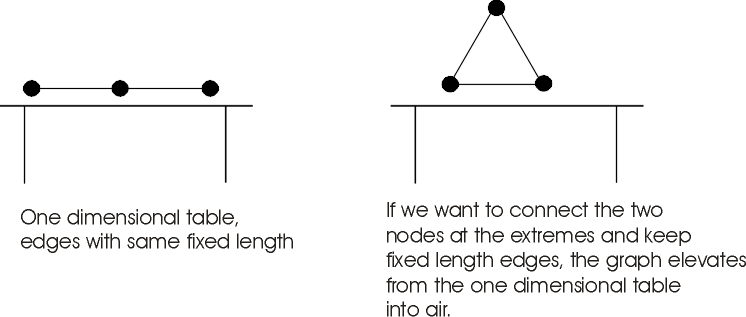
Figure 9: Forcing fixed length edges on a simplified one dimensional table.
We take the tree and put it level by level into a bin. We count how many levels we put into the bin until we reach the presidential node; this is then the path length between us and the President. Unfortunately, depending on how we cut the graph, the path length might change a lot.
Notice that because we force the same edge length on all edges, a random graph might not fit on the table, but partially elevate into air. And even with 3 dimensions, there will be random graphs that we cannot construct, if they have lot of edges and if these edges cannot stretch. Nonetheless, these graphs exist in high-dimensional spaces we cannot easily imagine, with
This is strong evidence for a dimensional path to the solution.

Figure 9: Forcing fixed length edges on a simplified one dimensional table.